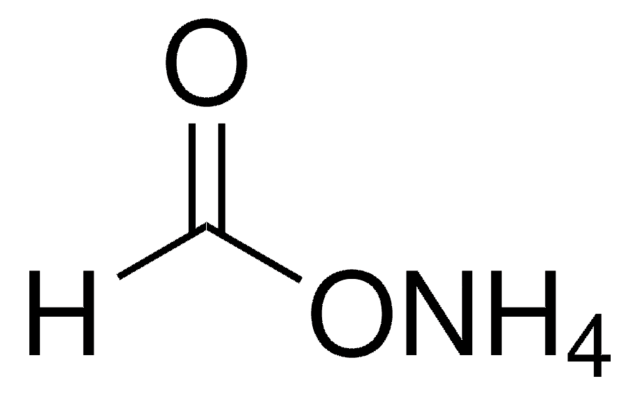ABS2090
Anti-ICDH
serum, from rabbit
Sinónimos:
Isocitrate dehydrogenase, ICDH (NADP), IDH
About This Item
Productos recomendados
biological source
rabbit
Quality Level
antibody form
serum
antibody product type
primary antibodies
clone
polyclonal
species reactivity
E. coli, Legionella pneumophila
packaging
antibody small pack of 25 μL
technique(s)
western blot: suitable
isotype
IgG
GenBank accession no.
shipped in
ambient
target post-translational modification
unmodified
General description
Specificity
Immunogen
Application
Signaling
Western Blotting Analysis: A representative lot detected ICDH in E. Coli cell lysate (Xu, L., et. al. (2010). PLoS Pathog. 6(3):e1000822; Lu, C., et. al. (2016). Sci Signal. 9(412):ra11).
Quality
Western Blotting Analysis: A 1:10,000 dilution of this antibody detected ICDH in 20 µL E.Coli cell lysate.
Target description
Physical form
Storage and Stability
Other Notes
Legal Information
Disclaimer
¿No encuentra el producto adecuado?
Pruebe nuestro Herramienta de selección de productos.
Storage Class
12 - Non Combustible Liquids
wgk_germany
WGK 1
Certificados de análisis (COA)
Busque Certificados de análisis (COA) introduciendo el número de lote del producto. Los números de lote se encuentran en la etiqueta del producto después de las palabras «Lot» o «Batch»
¿Ya tiene este producto?
Encuentre la documentación para los productos que ha comprado recientemente en la Biblioteca de documentos.
Nuestro equipo de científicos tiene experiencia en todas las áreas de investigación: Ciencias de la vida, Ciencia de los materiales, Síntesis química, Cromatografía, Analítica y muchas otras.
Póngase en contacto con el Servicio técnico







